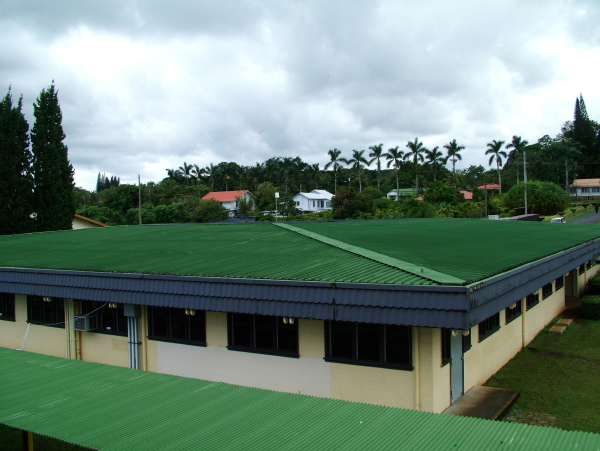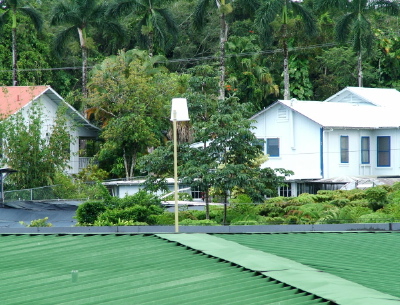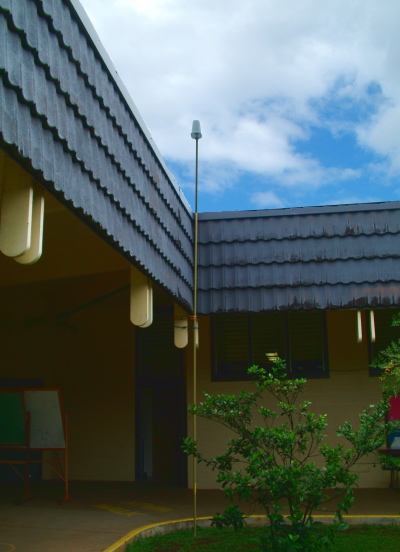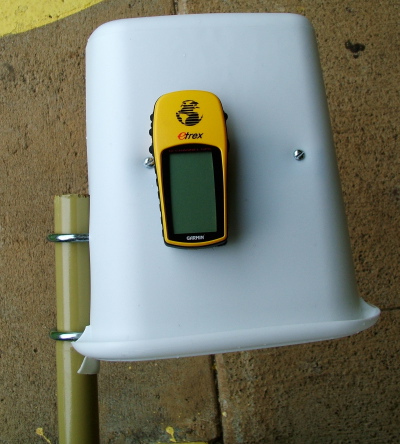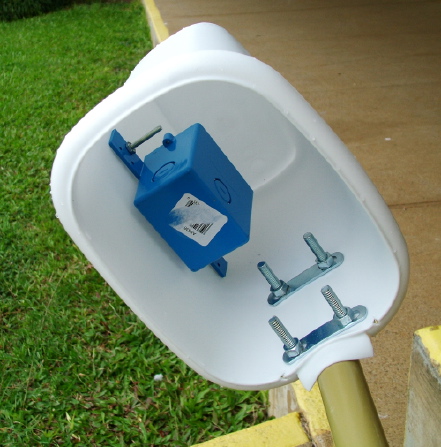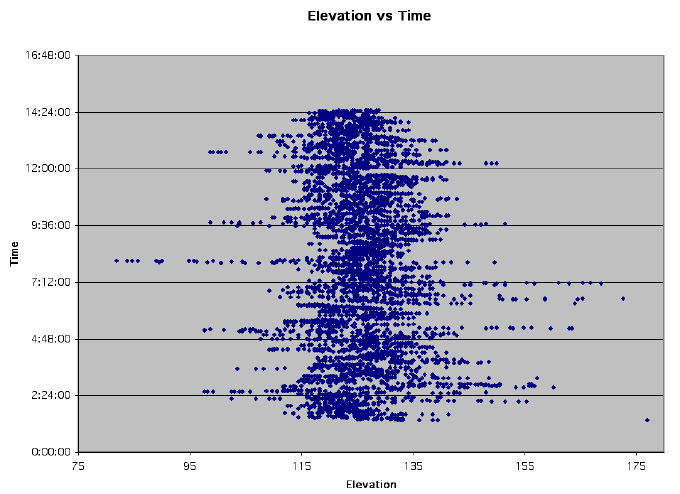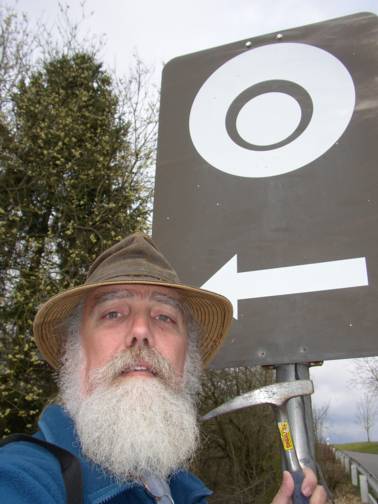Modern navigational systems that use
radio-wave signals reflecting from or propagating through the
ionosphere as a means of determining range, or distance, are
vulnerable to a variety of effects that can degrade
performance. In particular, systems such as the Global
Positioning System (GPS), that use constellations of
earth-orbiting satellites, are affected by space weather
phenomena. In principle, the GPS uses known positions of
satellites and their distances from a receiver to determine the
location of the receiver.
When charged particles ejected from the Sun arrive at the
Earth, they can cause perturbations in the geomagnetic field.
Another effect is that in the ionosphere
the electron density (number of electrons in a given volume)
can vary considerably, both in time and space.
A GPS receiver uses radio signals from
several orbiting satellites to determine the range, or
distance, from each satellite, and determines from these ranges
the actual position of the receiver. The radio signals must
pass through the ionosphere and in so doing they are subjected
to variations in the electron density structure of the
ionosphere. Changes in the electron density due to space
weather activity can change the speed at which the radio waves
travel, introducing a "propagation delay" in the GPS signal.
The propagation delay can vary from minute to minute, and such
intervals of rapid change can last for several hours,
especially in the polar and auroral regions. Changing
propagation delays cause errors in the determination of the
range, or "range errors".
The performance of single-frequency
GPS receivers using Code Phase Tracking techniques can be
significantly degraded by the ionospheric propagation
delays. Use of dual-frequency GPS receivers can, under
some conditions, compensate for most of the ionospheric
propagation delays by measuring the different delays at the two
frequencies. Ionospheric delay corrections for a region can be
determined from a network of precisely-positioned
dual-frequency receivers and then be transmitted in
near-real-time to users of single frequency GPS receivers in
the region. Such a system is operated by the Canadian Active
Control System of Natural Resources Canada.
Another GPS technique uses Carrier Phase Tracking. In this
technique, the phases of individual cycles of the carrier waves
are compared. However, if the electron density along a signal
path from a satellite to a receiver changes very rapidly, as a
result of space weather disturbances, the resulting rapid
change in the phase of the radio wave may cause difficulties
for the GPS receiver, in the form of "loss of lock". Temporary
loss of lock results in "cycle slip", a discontinuity in the
phase of the signal. Very rapid
variations (less than about 15 seconds) in the signal's
strength and phase are known as "ionospheric scintillations" .
Scintillations can be particularly troublesome for receivers
that are making carrier-phase measurements and may result in
inaccurate or no position information. Code-only receivers are
less susceptible to these effects.
From another viewpoint, the GPS system
provides continuous routine measurements of the Total Electron
Content (the aggregate of electrons along each radio wave
propagation path from satellite to receiver) along the
multitude of varying signal paths to each receiving station in
a regional or global network. These measurements permit the
mapping of variations in the ionospheric electron density over
a region. Such information can be of use for studying space
weather phenomena themselves.
(colors are my accents)
